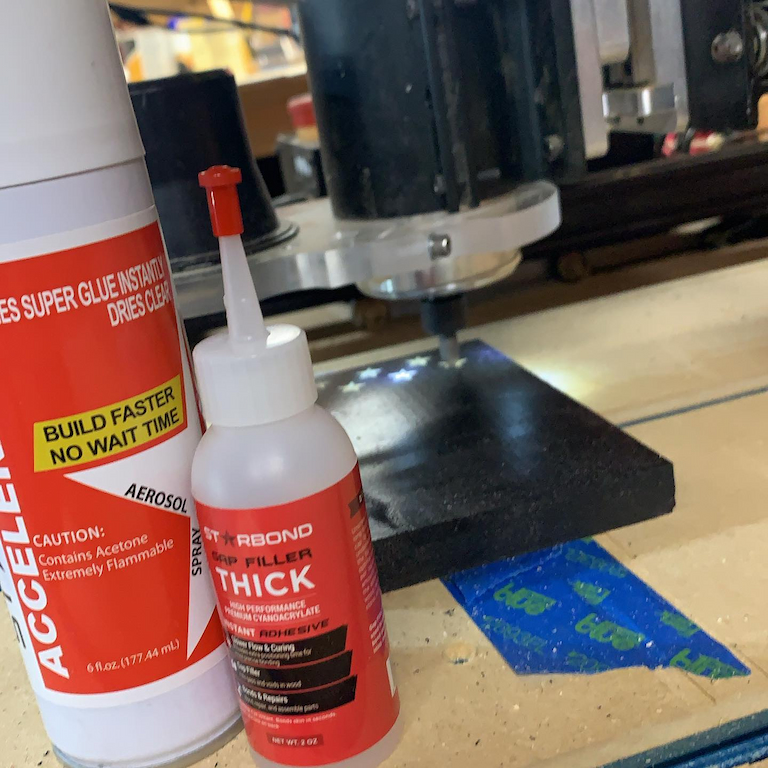Contents
Doesn’t matter if you’re repairing a wobbly chair or constructing a timber masterpiece. Picking the right adhesive is a small choice that makes a massive difference. In woodworking circles, choosing the best glue is essential, not just for pros in the shed, but for hobbyists and first-timers alike. With a range of premium wood glues available, it’s easier than ever to get hands-on with your next project and achieve results that last.
Understanding Wood Glues and Why They Matter

Among all the tools and materials on your bench, wood glues are the secret ingredients of successful woodworking that may not always get the spotlight or credit they deserve. These adhesives create tough, lasting bonds between timber pieces and are trusted for everything from simple home fixes to intricate joinery and furniture making. Many are specifically formulated to work on MDF, particle board, Formica, veneers, and both hard and soft tropical woods, ensuring your work stays together indoors and even tolerates the occasional outdoor splash.
A Glue for Every Job
Wood projects come in many forms, and so do the glues to match. You can find not only classic PVA glues, which are great for general joinery and everyday use, but also specialised formulas like cross-linking PVA for added water resistance, and polyurethane-based adhesives designed for the toughest jobs, including those exposed to higher moisture or needing superior strength. Fast-curing options let you move on with your job quickly, especially when in a hurry, while transparent drying variants mean that joins are nearly invisible once set.
From fine crafting to large-scale repairs, there’s a solution for every woodworking need. Incorporating wood glues in your life or creative work would really make all your next projects a piece of cake, in spite of however many countless home fixes and creative builds you use them for, and no matter the climate.
When selecting a glue, it’s wise to consider what goes into the bottle. Many quality glues are non-toxic and safe for both adults and teenagers to handle. Water-based formulas make for easy clean-up, while advanced cross-linking components added to some adhesives boost not just strength but also their resistance to heat and weathering. On top of that, these glues adhere to strict standards for interior and exterior use (such as class D3 for water resistance), meeting the needs of most Australian conditions.
How Are These Glues Any Different
Modern wood adhesives deliver more than just sticky strength; they offer durability, fast drying times, and resistance to heat and humidity. Some premium PVA glues are rated for high bond strength, tolerating short-term exposure to running or condensed water and even long-term high humidity. Looking for extra staying power? These adhesives stay strong on everything from oak and tropical hardwood to MDF and particle board.
Wood glues come into play in nearly every nook of the house: from joining table legs and patching up split frames to kitschy crafts and sturdy shelving. They’re chosen for their blend of ease and reliability, making everything from veneer panel upgrades to little repairs around the home straightforward and secure. Application versatility means you can tackle dense hardwoods one day and porous plywood the next, all with the same bottle.
Handy Tips for a Stronger Bond

A poor glue job can ruin an otherwise perfect project. For best results, start by ensuring that contact surfaces are clean and dry. Apply the glue evenly along the joining surfaces and clamp the pieces firmly together. For PVA glues, a thin, even layer is ideal, and squeezing out a little excess is perfectly normal. Fast-drying types mean you can unclamp sooner and get back to work in less time. Remember, most wood glues need curing time to reach full strength, so give them adequate time undisturbed.
How to Get the Most Out of Every Bottle
Want to squeeze top value from your glue? Store it in a cool, dry spot and keep the cap tightly closed to avoid drying out. Wipe spouts clean after use to prevent blockages, and if the glue thickens over time, a quick swirl or a drop or two of water (for water-based types) can restore flow. The right technique (clean surfaces, firm clamping, and respect for drying times) makes every job simpler and ensures your bonds go the distance.
Bonded for Years Ahead
There’s a reason wood glues have earned their place in every serious toolbox: reliable, durable, and surprisingly easy to use. Armed with clever tips and an understanding of the right adhesive for the job, you’ll find that joining timber is a surprisingly satisfying part of any project. So whether you’re building, fixing, or reinventing your favourite piece of furniture, explore the full range of options and enjoy the peace of mind that comes with using the right product for every wooden adventure.

